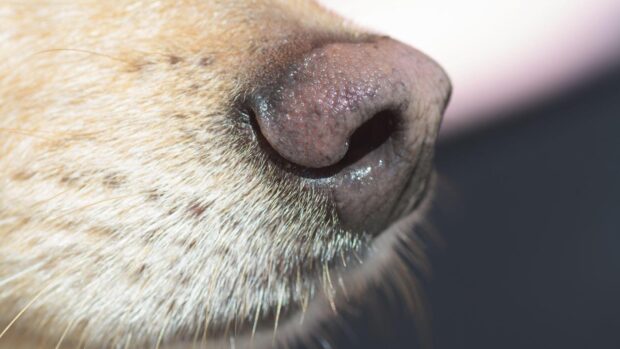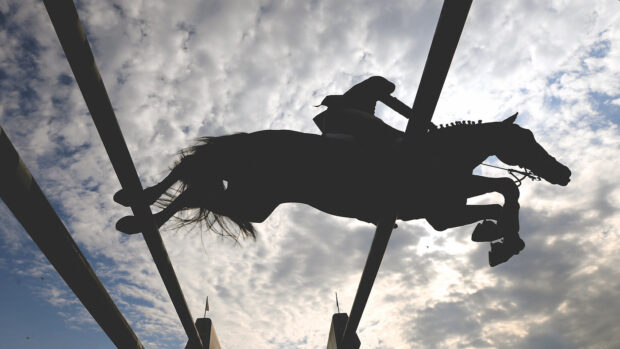International equestrian sport has suffered a major publicity blow recently following several high profile cases of positive tests for prohibited substances at the Athens Olympics last summer, and again last month at the World Endurance Championships in Dubai.
The case of Olympic show jumping gold medallist Cian O’Connor (pictured) will finally come to a conclusion this weekend, when the FEI Judicial Committee’s hearing takes place on Sunday (27 March). This may lead to O’Connor being stripped of his gold medal, which would see Brazil’s Rodrigo Pessoa become Olympic champion.
The FEI, which is currently reviewing its dope testing procedures, has also confirmed that Sheik Hazza Bin Sultan Bin Zayed Al Nahyan’s winning horse at the World Endurance Championships, Hachim, did test positive for a prohibited substance. The horse’s B sample is to be tested by 8 April.
The facts
Around 2,000 horses are tested each year by the FEI out of an estimated 100,000 competition starts by horses. Forty horses were tested at Athens — Eventing (13), dressage (13), show jumping (14). There were four positives.
The FEI medication control programme started in 1990. In 2004, positive tests occurred in 4.6% of the tests 100 times higher than in racing but the vast majority is considered to be as a result of legitimate treatment of horses given too close to competition.
Around 60% of positive tests relate to the use of anti-inflammatories (non-steroidal for example bute, and corticosteroids). These could perhaps bring a horses performance back to a pre-wear and tear level but would not enhance performance over the normal level. But these substances could be used to mask a real problem and may also be part of an attempt to cheat.
Real doping has traditionally been considered to take place in only a handful of the 80 or so positive tests a year. However, recent increases in the levels of positive tests suggest this may no longer be the case.
FEI testing officials generally take both blood and urine samples, but they can also take samples from leg bandages, hair, saliva and swabs
The testing lab and the FEIs medication sub-committee have no way of knowing the identity of the horse/owner/rider and so on, because all samples are labelled by code numbers
Initial screenings, if positive, will be followed by confirmation tests the whole process should take around seven days
Some medicines are permitted under FEI rules for example wormers, antibiotics, gastric ulcer treatment and Regumate, used for oestrus control in mares
Legitimate treatment
Always confer with your vet if your horse needs to be treated. Information about detection times (how long it takes for a medicine to clear from a horses body) can be obtained via your vet, from the FEIs vet department and sports governing bodies.
All feed and supplements should be certified free of prohibited substances. A group of substances called methylxanthines, which include caffeine and herbal sedatives substances such as reserpine and valerian are concerns here.
Beware cross-contamination between adjacent horses. Isoxsuprine, a treatment for lameness, particularly navicular and laminitis, is one medicine that has been the subject of cross-contamination cases in competing horses Anecdotally, it is said to stick to buckets. Many vets question its efficacy, so why take the risk?
Dont be tempted to allow someone to fix your horse. A positive dope test cannot be undone and can damage a professional reputation.
If your horse is underperforming, this can indicate an underlying illness. Always take veterinary advice. You may be able to extend the horses athletic career.
|
||
 |
||


 Get up to 19 issues FREE
Get up to 19 issues FREE TO SUBSCRIBE
TO SUBSCRIBE 


